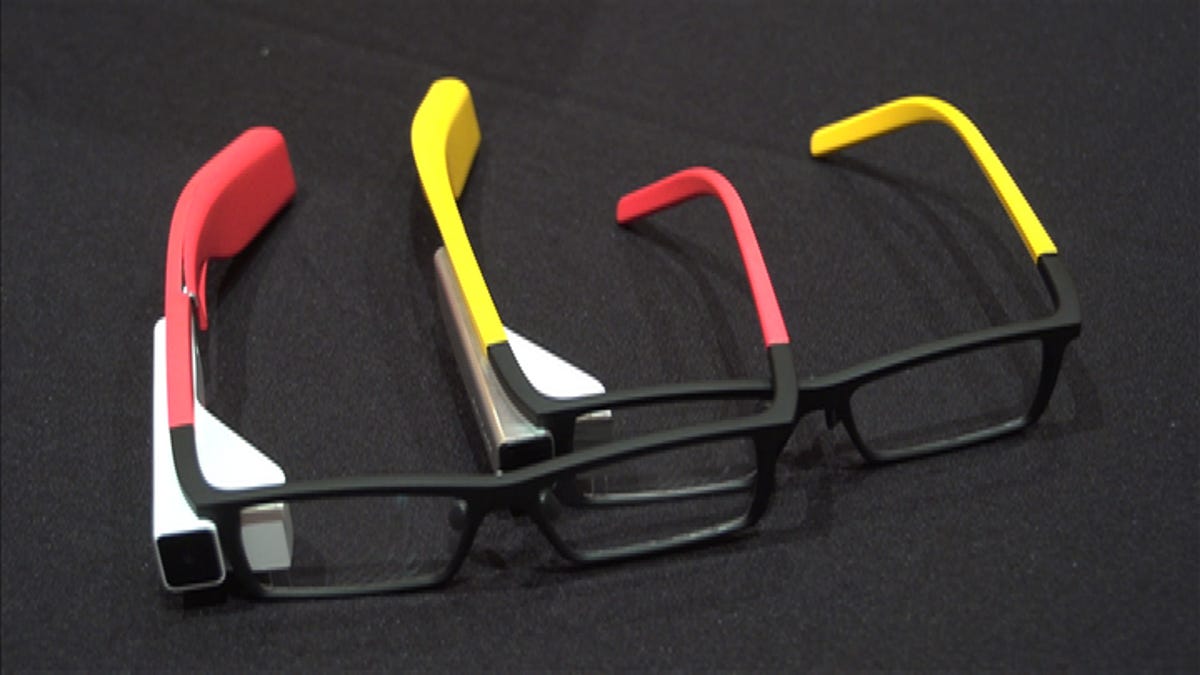We get a faceful of smartglasses at 2014 -- and it ain't pretty
These five pairs of smartglasses commanded our attention in Las Vegas this week.

What's ugly and techy and lives on your face? One of the five pairs of smartglasses we saw at CES 2014.
Some are Google Glassalikes, some are their own unique thing. All of them are just as oversize and geeky-looking as Google's developer model.
The point is that the development of smart devices you can wear on your face is growing, albeit slowly and awkwardly.
Nailing down a trendy design is one thing, but getting the technology right is the most daunting part of the process. The optics must be razor-sharp -- both in terms of the projection you see floating in front of your right eye, and in terms of the material you put on your face. Some of these prototype frames just made vision hazy.
The best imaging I saw from the whole bunch came from a company that isn't even making the smartspecs themselves. Lumus used the DK40 smartglasses to showcase its prismatic display technology, which it plans to sell to the companies that will really retail the frames.
Another hurdle is getting tech specs that actually make real-word sense. This is the "Why do I need these anyway" question that justifies what will undoubtedly be a pretty steep price tag, at least at first. Like most wearables, the smartphone is the crux of the device, with the projection lens serving as a second, ostensibly more convenient screen, for getting directions, notifications, and even augmented reality.
The Ora-S AR frames are the most focused on augmented reality, launching with a Wikitude AR browser when the first unit ships to developers and consumers later this year.
Yet to go mainstream (several years down the road), smartglasses will need to move beyond replicating the smartphone screen and add some of its own unique touches. Pivothead shows the best example of this with its latest model, the Pivothead Smart Colfax.
These smartglasses are more into photography than they are about flashing your directions, and they include modules you can slip on the end to perform different camera functionality.
This brings us to the role of developers. Most of the pairs here at the show have an SDK for developers to link apps to the frames. And the Ora-S smartglasses contain Android 4.2 all on its own.
Is there a future for smartglasses beyond Google Glass? Clearly. But Google competitors will have a lot of technology to tinker with, and designing to work out before most people will want to don a pair themselves.

